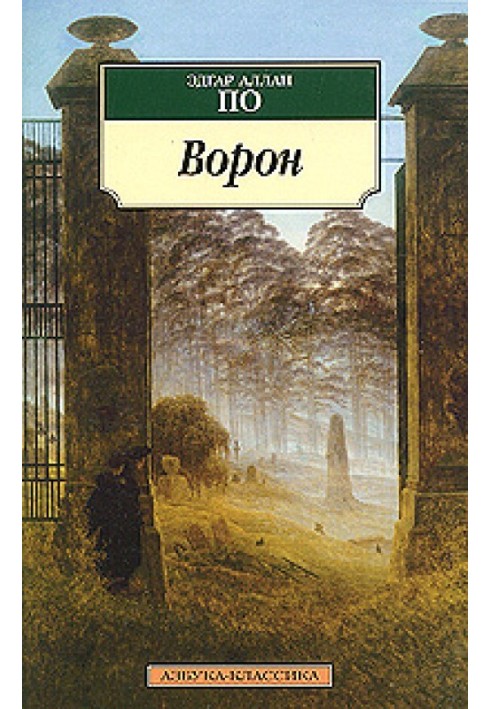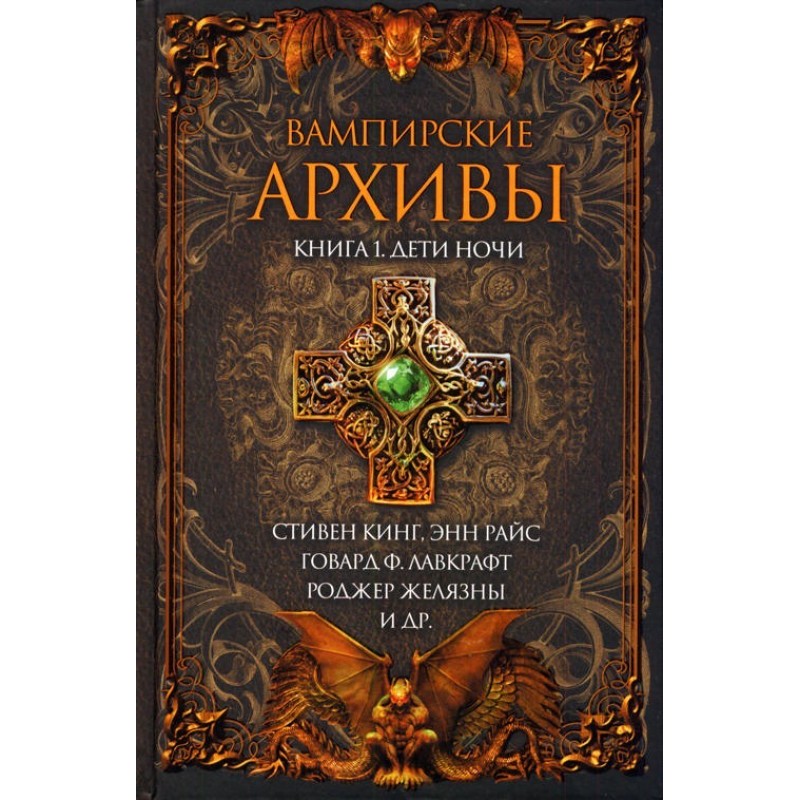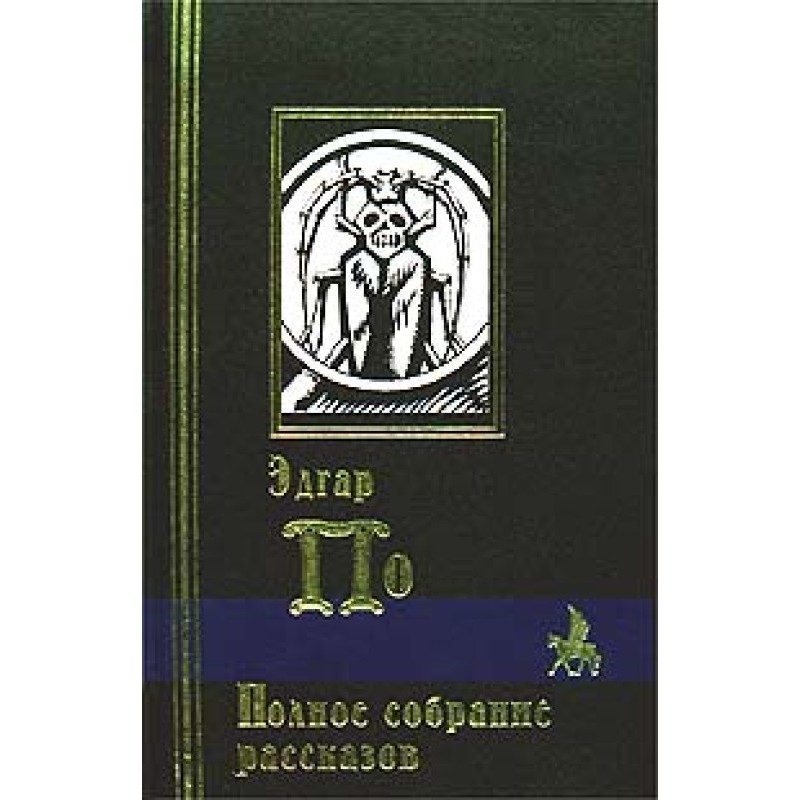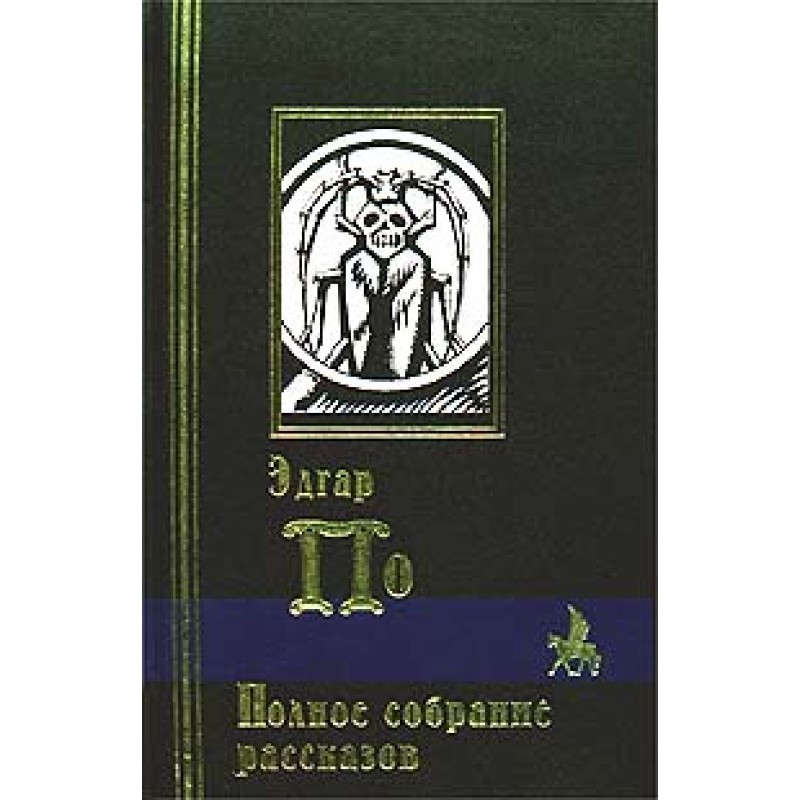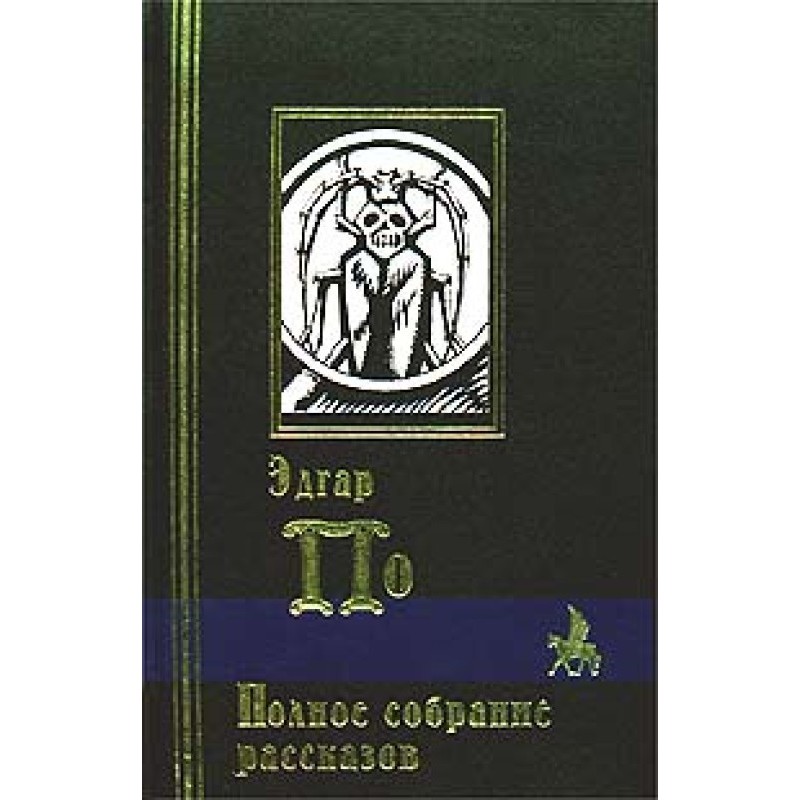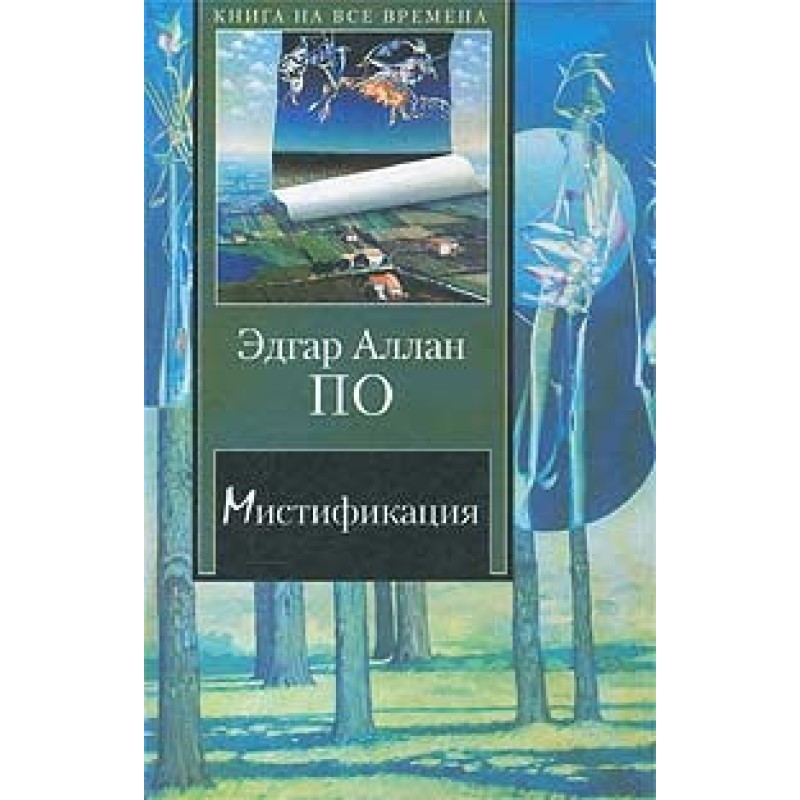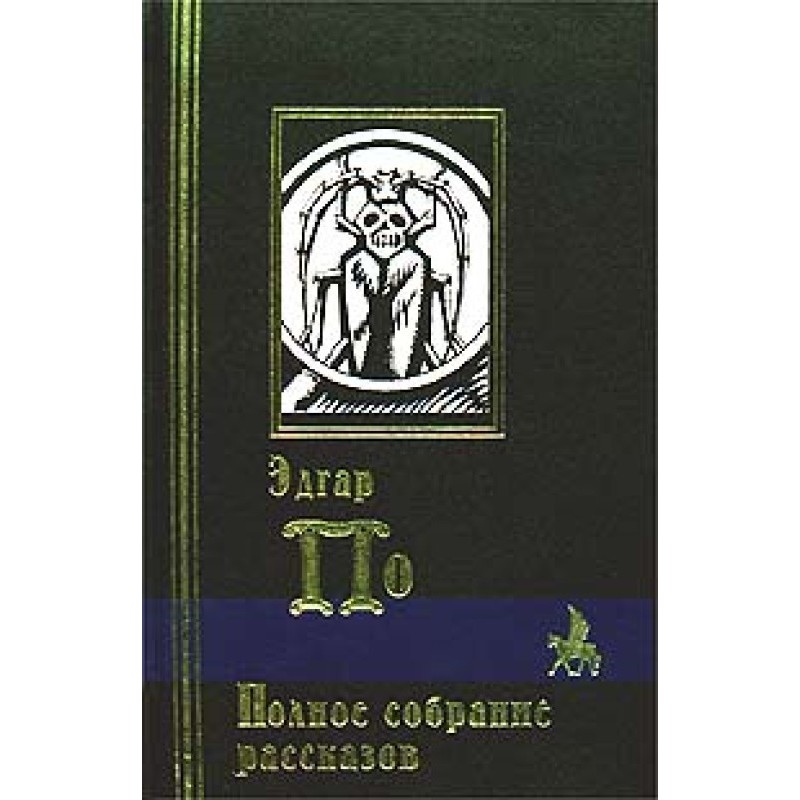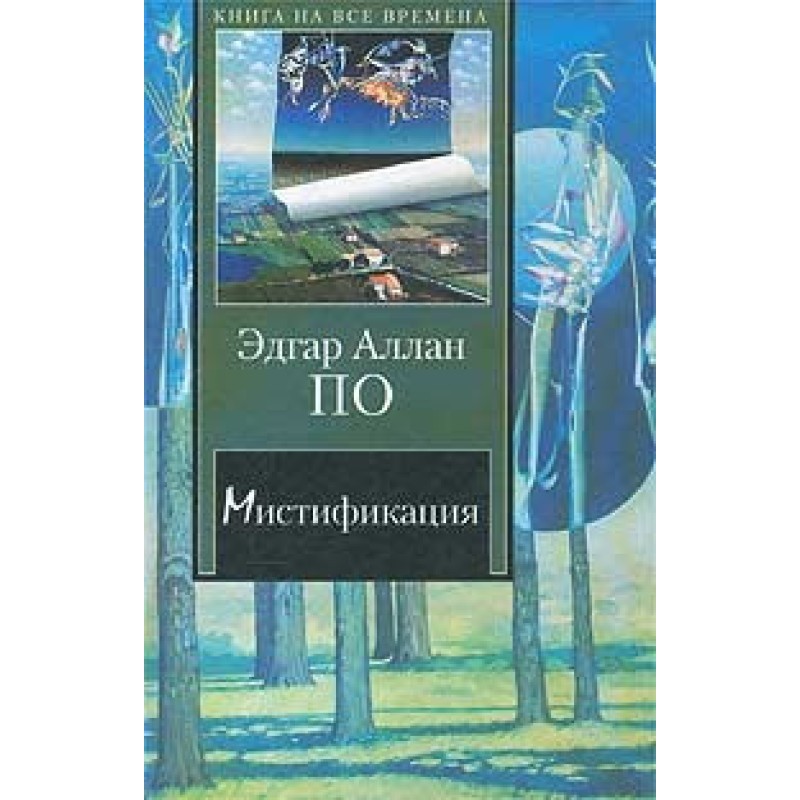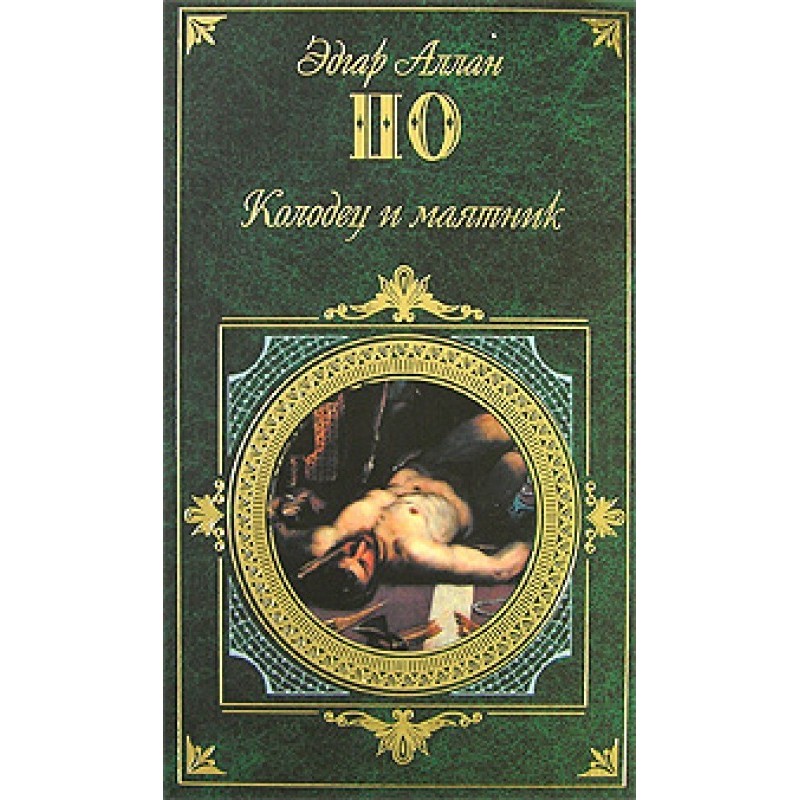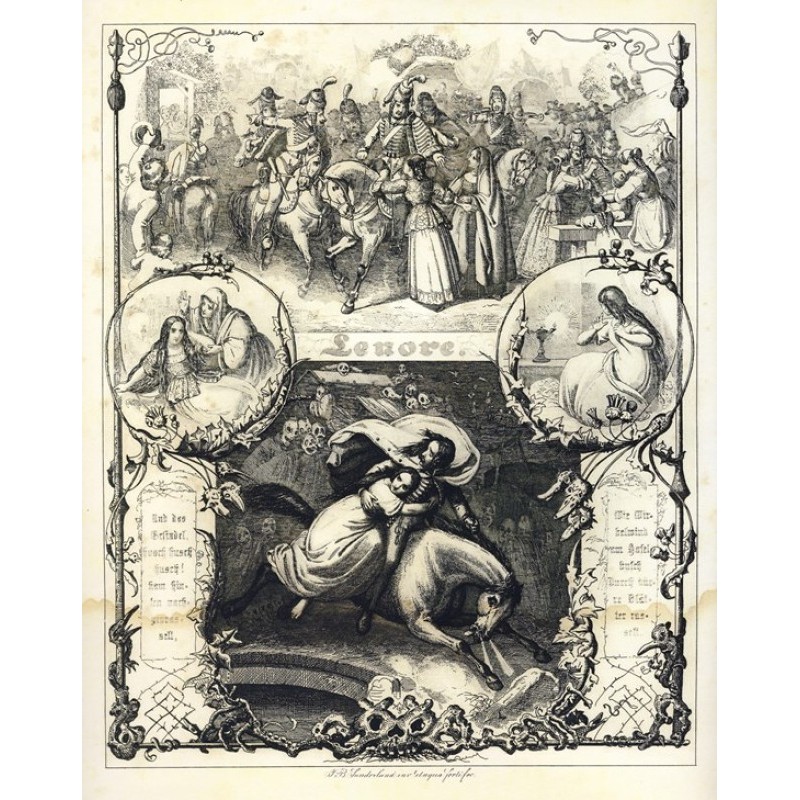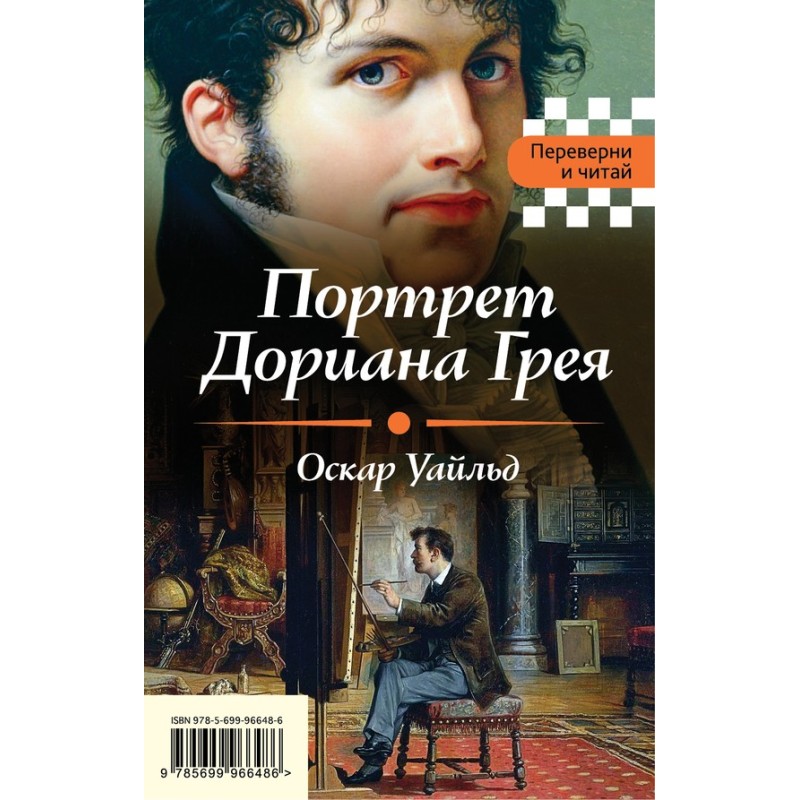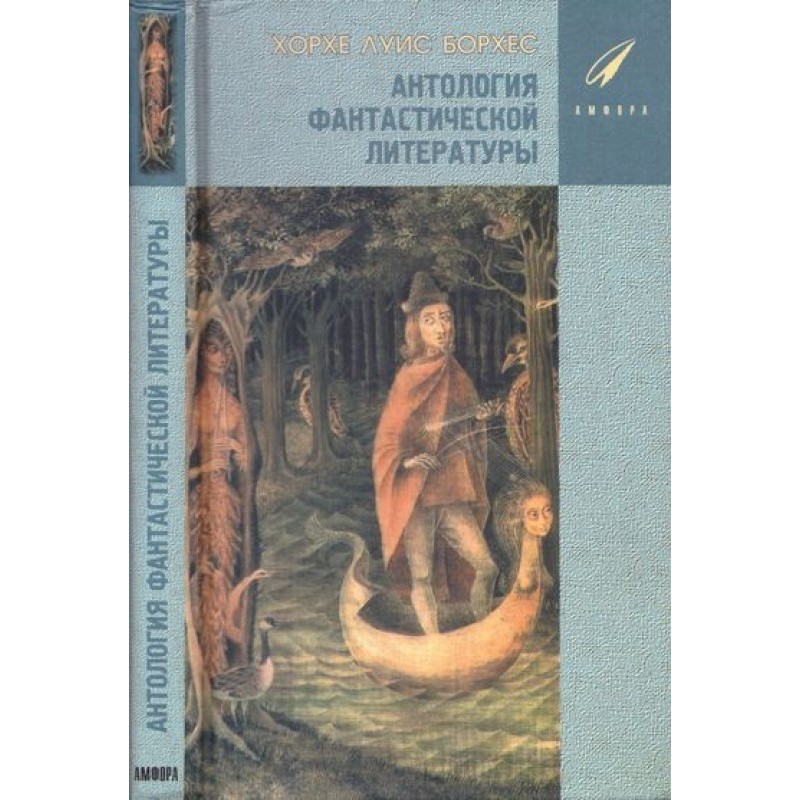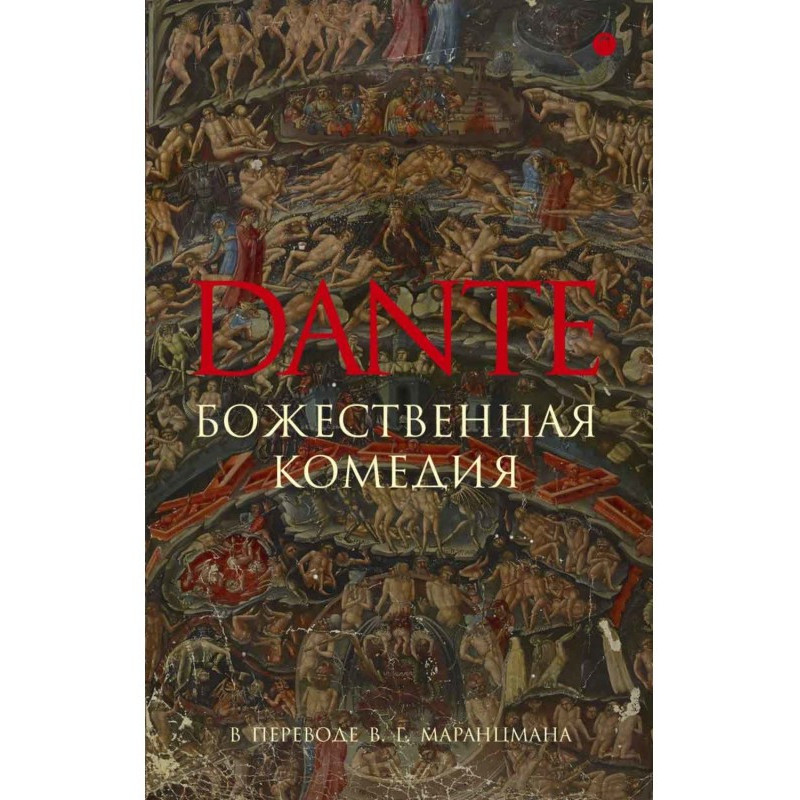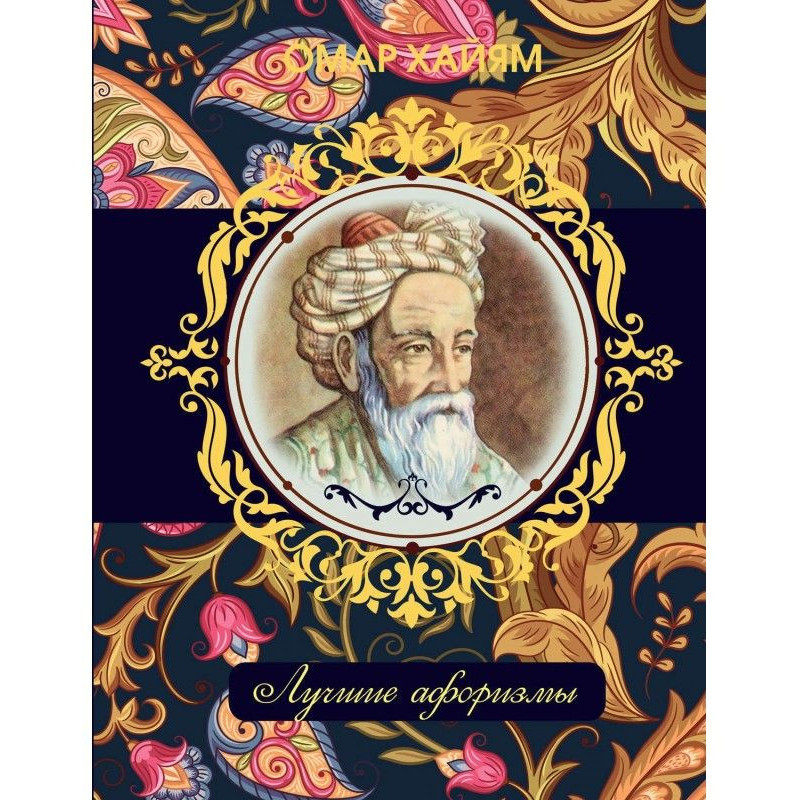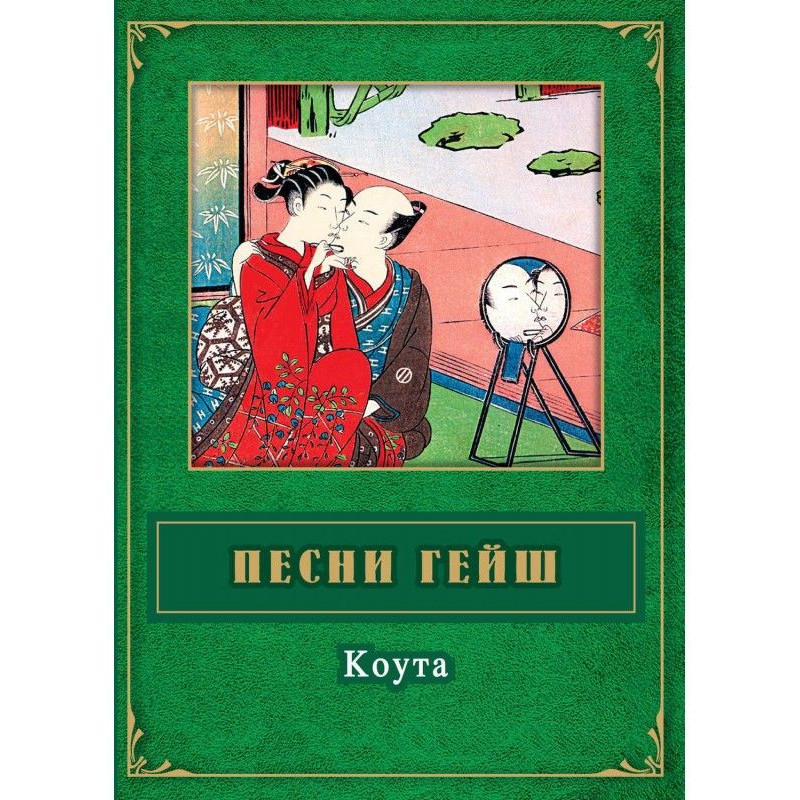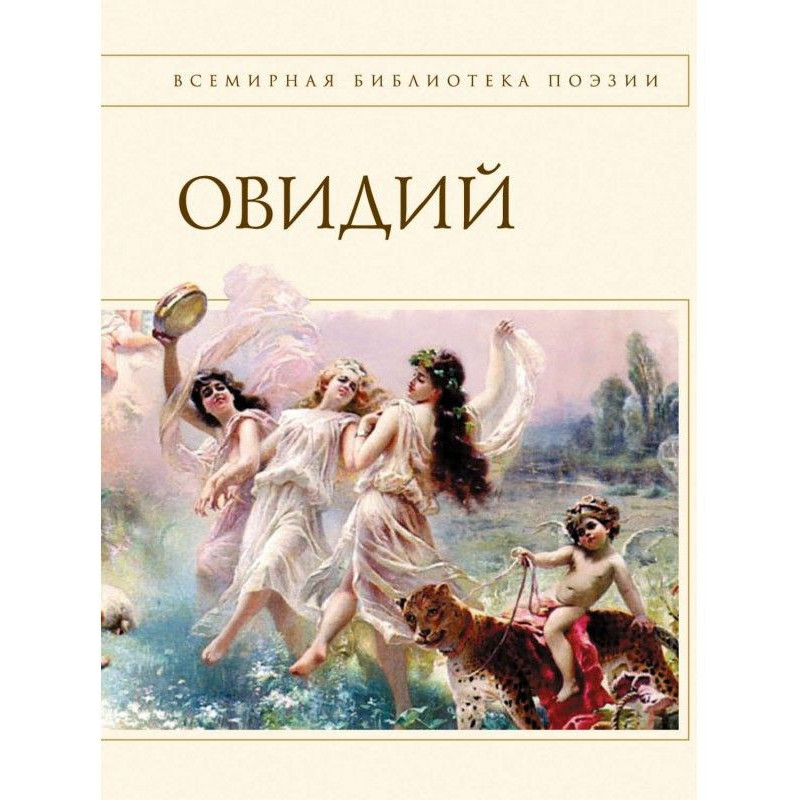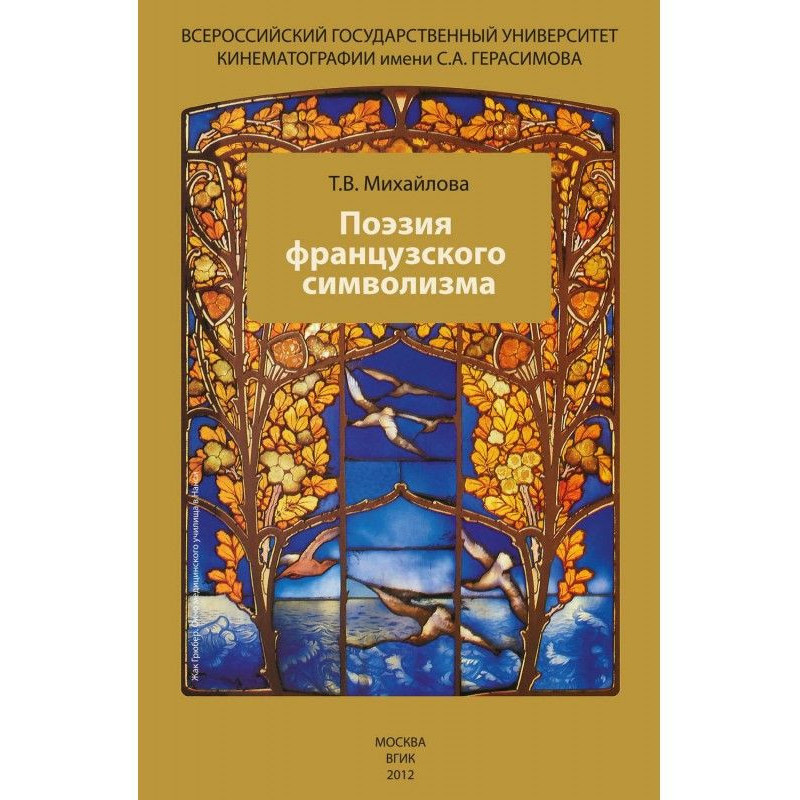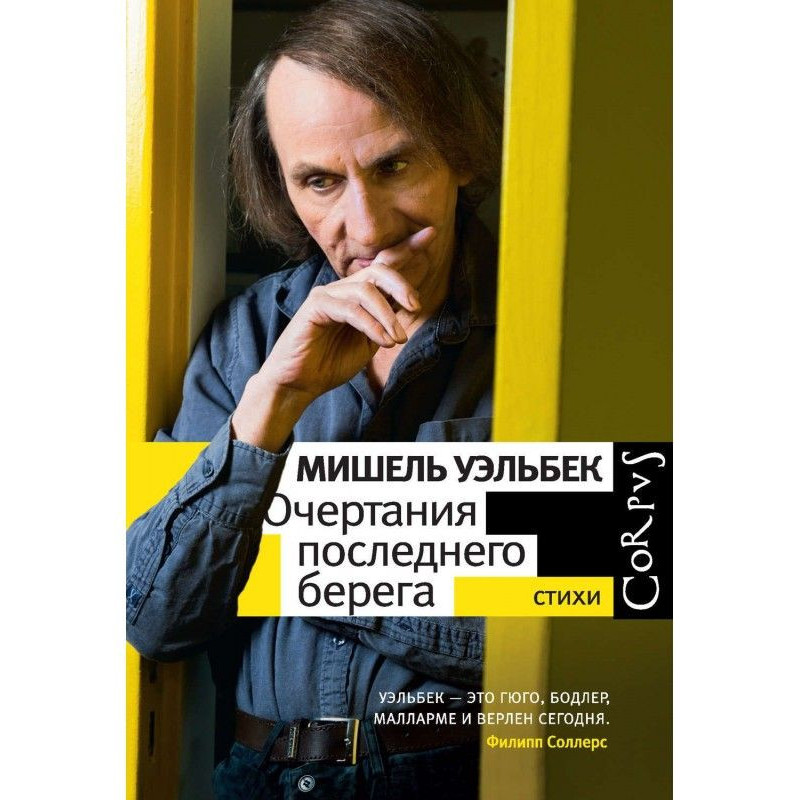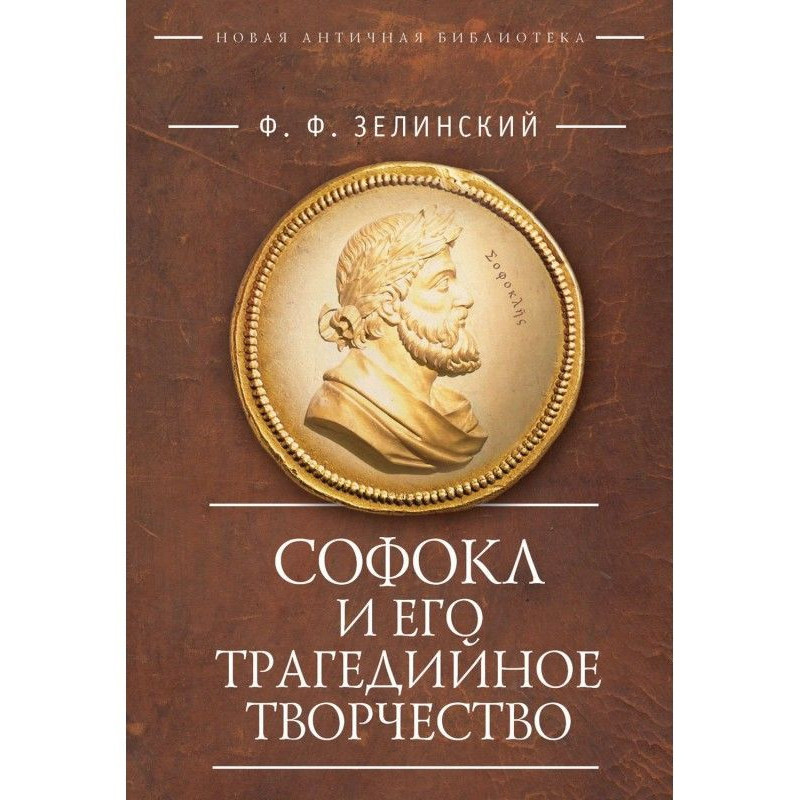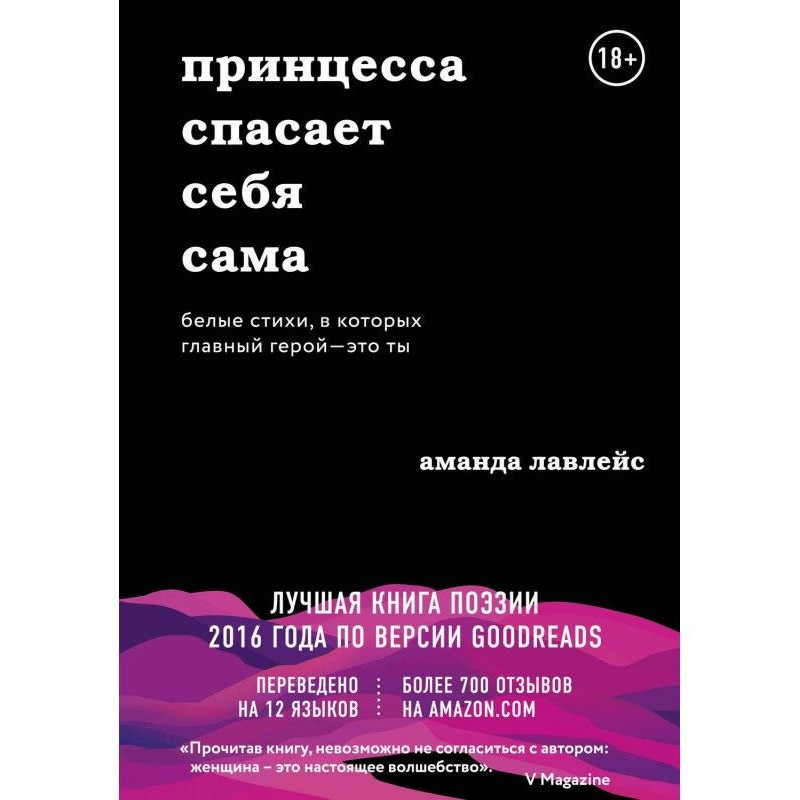Raven (various translations)
 Instant download
Instant download
after payment (24/7)
 Wide range of formats
Wide range of formats
(for all gadgets)
 Full book
Full book
(including for Apple and Android)
No work of art has been translated into Russian as often as this poem by Edgar Allan Poe. There are more than two dozen translations of The Raven. Even Hamlet's famous monologue "To be or not to be" was inferior: it was translated "only" sixteen times. The first Russian adaptations of "The Raven" appeared in 1878. And translations made by symbolists: Balmont, Merezhkovsky, Bryusov are considered classic. Konstantin Balmont also wrote an essay about the life and work of the American poet, which continues to be used to this day as a preface to collections of selected works and collected works of Edgar Poe. Of course, “The Crow” was translated in Soviet times and continues to be translated to this day. It is especially interesting to trace how translators searched for the Russian equivalent of the keyword “Nevermore”. Andreevsky translated literally one hundred and twenty years ago: “Never again!” His contemporary Palmin limited himself to one “Never”. Bryusov and Merezhkovsky followed the example of Andreevsky, Balmont - Palmina. However, both options suffered from one significant drawback: the phonetic load was missing, that is, two “r” (“Nevermore!”), which allowed Poe to combine human speech and crow cawing. In 1907, the translator Jabotinsky found a way out: he abandoned the search for a Russian analogue and left the English original - “Nevermore!” After which the search in this direction stopped for half a century. Only in 1977 did a new Russian equivalent appear. Vasily Betaki preferred the “croaking” “not to be returned”. In the eighties, Nikolai Gol found another option: “everything has passed.”
Data sheet
- Name of the Author
- Эдгар По Аллан
- Language
- Ukrainian

